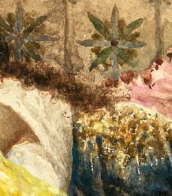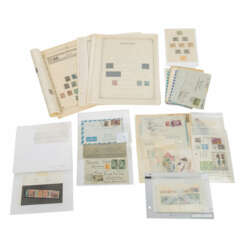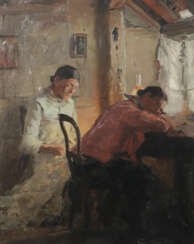uruguay
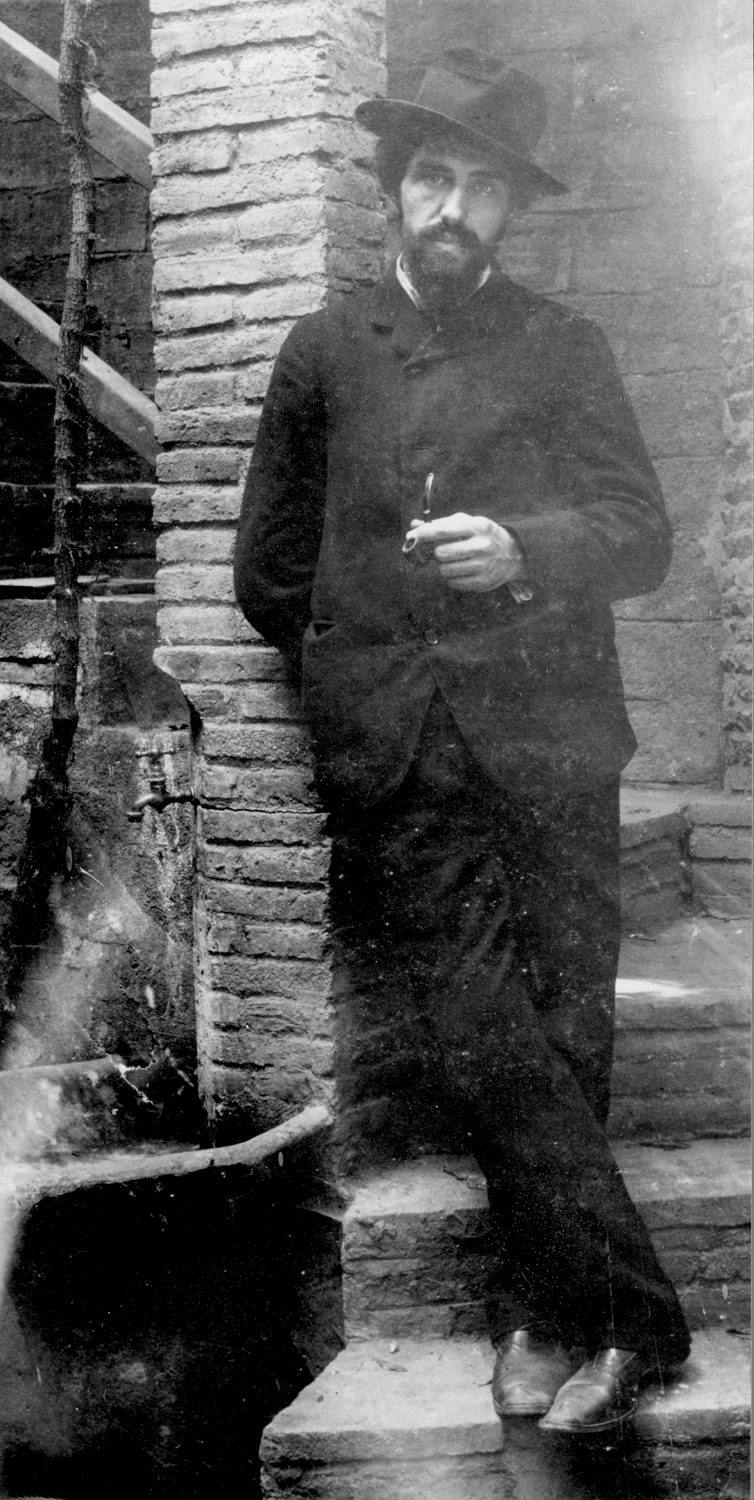
Joaquín Torres-García was a Uruguayan-Spanish artist.
His art is associated with archaic universal culture, including Mediterranean cultural traditions, Noucentisme, and modern classicism. Torres-García developed a unique style (first known as "Art Constructif") during the 1930s, while he lived in Paris. Arte Constructivo (Constructive Art), a school he opened in Madrid, became Universalismo Constructivo (Universal Constructivism, a treatise he published in South America while teaching in his workshops Asociación de Arte Constructivo and El Taller Torres-García). Torres-García's art combines classical and archaic traditions with 20th-century "-isms": Cubism, Dada, neo-plasticism, primitivism, surrealism, and abstraction.


Joaquín Torres-García was a Uruguayan-Spanish artist.
His art is associated with archaic universal culture, including Mediterranean cultural traditions, Noucentisme, and modern classicism. Torres-García developed a unique style (first known as "Art Constructif") during the 1930s, while he lived in Paris. Arte Constructivo (Constructive Art), a school he opened in Madrid, became Universalismo Constructivo (Universal Constructivism, a treatise he published in South America while teaching in his workshops Asociación de Arte Constructivo and El Taller Torres-García). Torres-García's art combines classical and archaic traditions with 20th-century "-isms": Cubism, Dada, neo-plasticism, primitivism, surrealism, and abstraction.
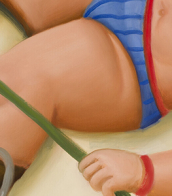

Julio Uruguay Alpuy was an Uruguayan painter, sculptor, and muralist. During his early career, Alpuy was a part of the Taller Torres-García (School of the South) and the constructive art movement. While his early works were greatly influenced by Torres-García's theories about what he called Constructive Universalism, Alpuy drew from a wide variety of cultures and myths to create works that broke the boundaries of the constructive grid. Additionally, his studies in Europe and Latin America helped develop an interest in Cubism and myths that influenced later works. Alpuy had a prolific career and his works are exhibited throughout the world.


Joaquín Torres-García was a Uruguayan-Spanish artist.
His art is associated with archaic universal culture, including Mediterranean cultural traditions, Noucentisme, and modern classicism. Torres-García developed a unique style (first known as "Art Constructif") during the 1930s, while he lived in Paris. Arte Constructivo (Constructive Art), a school he opened in Madrid, became Universalismo Constructivo (Universal Constructivism, a treatise he published in South America while teaching in his workshops Asociación de Arte Constructivo and El Taller Torres-García). Torres-García's art combines classical and archaic traditions with 20th-century "-isms": Cubism, Dada, neo-plasticism, primitivism, surrealism, and abstraction.


Pablo Atchugarry is a Uruguayan artist, best known for his abstract sculptural art. His works are included in many major collections, both private and public, and he has held more than one hundred solo and collective exhibitions worldwide.
For each sculpture, Atchugarry personally selects an appropriate block and is actively involved in carving it, with minimal help from assistants. He works with white Carrara marble from Tuscany, gray stone from Bardiglio, black from Belgium, and pink from Portugal. Aside from working with stone, he utilizes bronze finished in various patinas, ceramic, and, more rarely, various types of wood.









